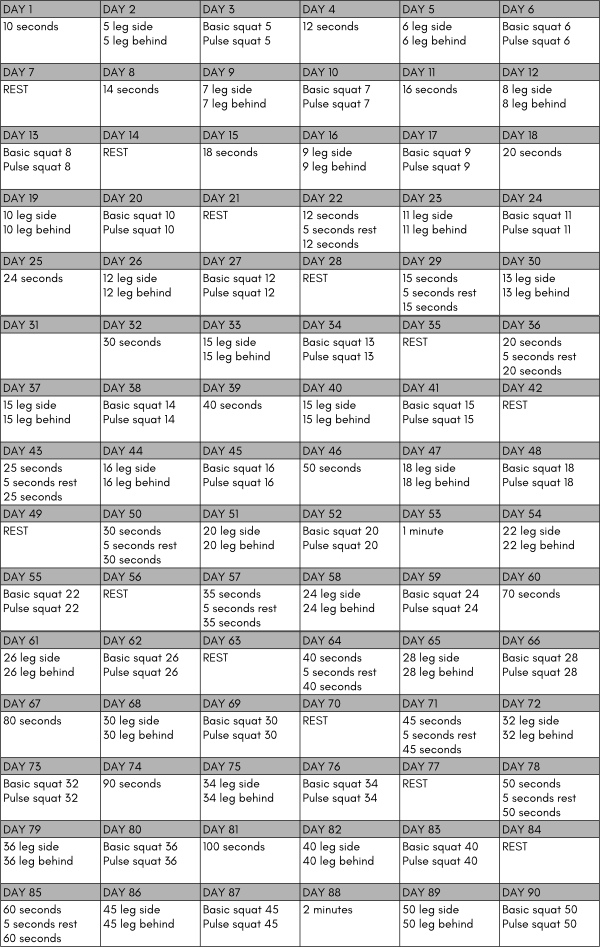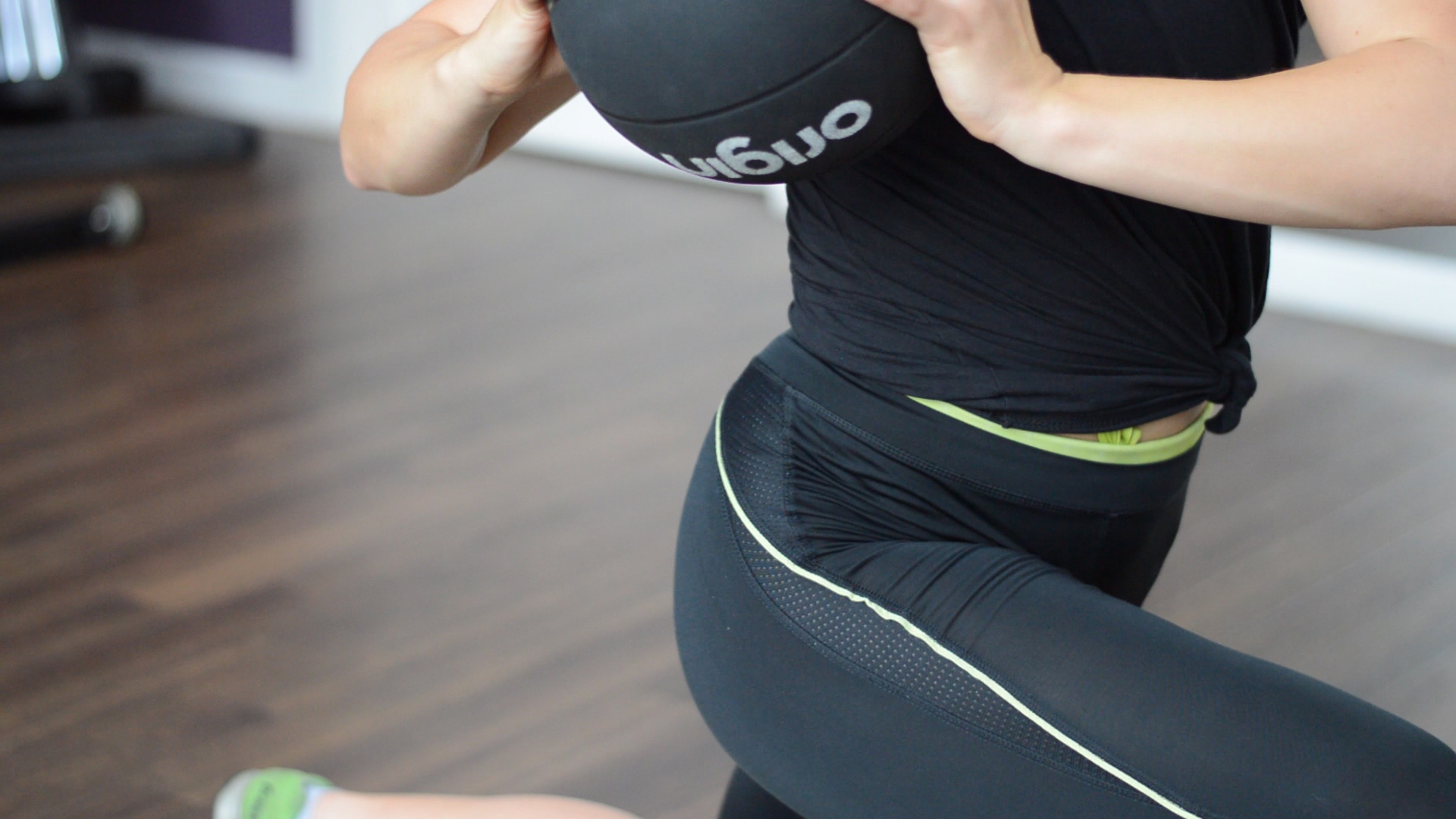
It is important to include all 11 major muscle groups in a bodybuilding exercise. This allows you to target specific areas of the body and work on building them balanced. These exercises are effective for every muscle group, and you will see results fast. There are many methods to achieve the best results in a short time. Below are some great workouts for every muscle group. You should only lift a weight you are comfortable with.
You should group your major muscle groups together in your workout plan. For example, if you are targeting your chest muscles, train them twice per week. This will help you achieve the best results with every muscle. The best routines should be designed so that each muscle gets enough stimulation and rest. If you exercise your chest muscles every other day, then you should do so twice per week. This will provide twice the benefit.

Nonstop workouts will test the endurance of the most advanced exercisers. These include training strategies such as 21s, drop sets, and other concepts. This workout is designed to improve your stamina, while simultaneously performing the same exercise multiple time. You should always remember to take 30 seconds between sets. Nonstop training will help you strengthen your muscles quicker than any one muscle group. This type training program will test your endurance. It is a great way of gaining lean muscle mass and not breaking the bank.
You can also do exercises to strengthen your major muscle group. Each group should be treated with different techniques and weights. This way, you'll have a more balanced body. Whether you train your leg muscles or your stomach, you'll have the best results. You will be amazed at how much one workout can make. Knowing your muscle targets is the key to creating a solid workout program. This article contains a comprehensive list of exercises that target each muscle group.
You can also work your back. This type of muscle includes the triceps brachii, lats and biceps. The bicepsbrachii is one of the largest muscles. The spine is supported and extended by the back-extending muscles. The erector spine and multifidus are the two main back-extending muscles. They help us lift our arms as well as our legs.

The best workouts for every muscle target all major muscles groups and are suitable for each individual. For example, a biceps crunch will increase the strength of the biceps behind the upper arm. All back muscles include the brachialis, which is a small muscle under the biceps and the brachioradialis. This large muscle is located in the forearm. Some exercises might be suitable for all of these muscle groups.
FAQ
How do I know what's good for me?
Listen to your body. When it comes to your body's needs for exercise, food, or rest, it is the best. It is important to listen to your body to ensure you are not doing too much. Pay attention to your body, and ensure that you are doing all you can to keep yourself healthy.
Exercise: Good for immunity or not?
Exercise is good for your immune systems. Exercise increases white blood cell production, which helps fight off infection. Your body also removes toxins. Exercise can prevent diseases such as cancer and heart disease. It can also lower stress levels.
However, overtraining can damage your immune system. Exercising too hard can make your muscles sore. This can cause inflammation and swelling. To fight infection, your body will produce more antibodies. The problem is that these extra antibodies can cause allergies and autoimmune disorders.
So, don't overdo it!
What's the best diet?
Your age, gender, body type, and lifestyle choices will all impact the best diet. You also need to consider how much energy you expend during exercise, whether you prefer low-calorie foods, and if you enjoy eating fruits and vegetables.
Intermittent Fasting is an alternative to traditional fasting if you are looking to lose weight. Intermittent fasting allows you to consume only certain meals per day, instead of eating three large meals. You may find that this method works better for you than traditional diets that include daily calorie counts.
Intermittent fasting has been shown to improve insulin sensitivity, reduce inflammation and lower the risk of developing diabetes. Intermittent fasting has been shown to promote fat loss as well as improve overall body composition.
Statistics
- nutrients.[17]X Research sourceWhole grains to try include: 100% whole wheat pasta and bread, brown rice, whole grain oats, farro, millet, quinoa, and barley. (wikihow.com)
- In both adults and children, the intake of free sugars should be reduced to less than 10% of total energy intake. (who.int)
- According to the Physical Activity Guidelines for Americans, we should strive for at least 150 minutes of moderate intensity activity each week (54Trusted Source Smoking, harmful use of drugs, and alcohol abuse can all seriously negatively affect your health. (healthline.com)
- Extra virgin olive oil may benefit heart health, as people who consume it have a lower risk for dying from heart attacks and strokes according to some evidence (57Trusted Source (healthline.com)
External Links
How To
What does the "vitamins” word mean?
Vitamins are organic substances found naturally in food. Vitamins allow us to absorb nutrients from food. Vitamins cannot be made by the body; they must be taken from food.
Two types of vitamins exist: water-soluble vitamin and fat-soluble vitamin. Water-soluble vitamins dissolve easily when they are dissolved in water. These include vitamin C (thiamine), Vitamin B1 (riboflavin), Vitamin B2 (riboflavin), Vitamin B3 (niacin), Vitamin B6 (pyridoxine), Vitamin C, B1 (thiamine), Vitamin B2 (riboflavin), Vitamin B3 (niacin), and Vitamin B6 (pyridoxine). Fat soluble vitamins are stored in the liver and fatty tissue. You can find vitamin D, E K, A, beta carotene, and other fat-soluble vitamins.
Vitamins can be classified by their biological activity. There are eight major categories of vitamins.
-
A - essential for normal growth and maintenance of health.
-
C - vital for proper nerve function, and energy production.
-
D – Essential for healthy teeth, bones and joints
-
E - Required for good vision & reproduction
-
K – Required for healthy nerves & muscles.
-
P - Vital for strong bones and teeth.
-
Q - Aids digestion and iron absorption
-
R is required for the production of red blood cells.
The recommended daily allowance of vitamins (RDA), varies according to age, gender, physical condition, and other factors. The U.S. Food and Drug Administration has established the RDA values.
For adults aged 19 and older, the RDA for vitamin B is 400 micrograms daily. However, pregnant women need 600 micrograms per day because it is important for fetal development. Children ages 1-8 require 900 micrograms per day. Babies under one-year old require 700 mg per day. Between 9 and 12 years of age, however, this drops to 500 mg per day.
Children between the ages 1--18 years old who are overweight or obese require 800 micrograms per Day, while those who are overweight or obese need 1000 micrograms. To meet their nutritional needs, children underweight and obese require 1200 micrograms a day.
2200 mg of vitamin A per day is required for children aged 4-8 who have been diagnosed by anemia.
2000 micrograms are required daily for good health in adults over 50. Mothers who are pregnant, nursing, or have a high nutrient need will require 3000 micrograms a day.
Adults over 70 years of age need 1500 micrograms per day since they lose about 10% of their muscle mass each decade.
Women who are pregnant and lactating need more nutrients than the RDA. Pregnant mothers need 4000 micrograms per daily during pregnancy and 2500 after giving birth. Breastfeeding moms need 5000 micrograms each day when breastmilk production occurs.